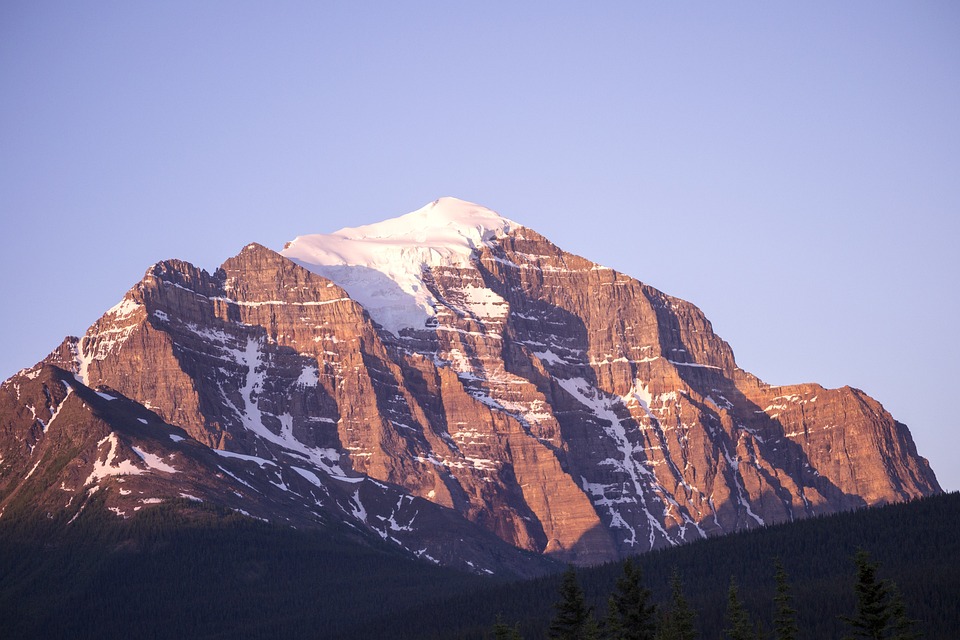What Type of Climate Does Mexico Have? Exploring the Diverse Climate Zones
Mexico is a geographically diverse country, characterized by a wide range of climates influenced by its size, topography, and latitude. From tropical regions in the south to arid deserts in the north, Mexico’s climate varies significantly across different areas, impacting agriculture, tourism, and daily life.
Overview of Mexico’s Climate
General Climate Zones
– Diverse Climate: Mexico features several climate zones, including tropical, desert, temperate, and alpine climates.
– Latitude and Elevation: Positioned between the Tropics of Cancer and Capricorn, along with varying elevations from coastal plains to high mountains, Mexico experiences a multitude of climate conditions.
Köppen Climate Classification
According to the Köppen Climate Classification system, Mexico includes various climate zones:
– Tropical (Aw, Am): Hot and humid with distinct wet and dry seasons.
– Arid/Desert (BWh, BWk): Characterized by minimal rainfall and high temperatures.
– Temperate (Cwa, Cwb): Mild climates often found in mountainous regions.
– Highland/Alpine (ETH): Cool climates at high elevations with significant temperature variation.
Main Climate Zones of Mexico
Tropical Climate (South and Coastal Areas)
– Regions: Includes the Yucatán Peninsula, Gulf Coast, and parts of the Pacific Coast.
– Characteristics:
– Hot and Humid: Average temperatures range from 75°F to 85°F (24°C to 29°C).
– Wet and Dry Seasons: Rainy season from May to October; dry season from November to April.
– Examples: Cities like Cancún, Veracruz, and Acapulco.
Arid and Semi-Arid Climate (North and Central Mexico)
– Regions: Northern areas like the Sonoran and Chihuahuan Deserts.
– Characteristics:
– Hot Days, Cool Nights: Summer temperatures often exceed 104°F (40°C), with cooler nights.
– Minimal Rainfall: Less than 10 inches (250 mm) annually.
– Examples: Tijuana, Hermosillo, Mexicali.
Temperate Climate (Highlands and Central Mexico)
– Regions: Central highlands including Mexico City, Guadalajara, and Puebla.
– Characteristics:
– Mild Temperatures: Average highs range from 60°F to 80°F (15°C to 27°C).
– Distinct Seasons: Dry season from November to May; wet season from June to October.
Highland/Alpine Climate (Mountainous Regions)
– Regions: High mountains like the Sierra Madre ranges and Pico de Orizaba.
– Characteristics:
– Cold Temperatures: Cooler at higher altitudes; some areas experience snowfall.
– Variable Weather: Temperature varies dramatically with altitude.
– Examples: Toluca and parts of the Sierra Madre Occidental.
Factors Influencing Mexico’s Climate
1. Latitude: Regions closer to the equator experience tropical climates; areas further north are more arid or temperate.
2. Elevation: Higher elevations lead to cooler climates compared to lowland areas.
3. Proximity to Water Bodies: Coastal areas have moderated temperatures due to their location near oceans.
4. Ocean Currents: Warm currents influence humidity and rainfall patterns along coasts.
Impact of Mexico’s Climate on Daily Life and Agriculture
1. Agriculture:
– Varied climates support diverse crops; tropical areas grow sugarcane and coffee while northern regions cultivate wheat using irrigation.
2. Tourism:
– Tropical coastlines attract year-round tourists; temperate cities offer a mild climate for urban tourism.
3. Climate Challenges:
– Northern regions face droughts; coastal areas are vulnerable to hurricanes during specific seasons.
Climate Change and Its Impact on Mexico
1. Rising Temperatures:
– Increased average temperatures are particularly evident in desert regions where heatwaves are becoming more frequent.
2. Changes in Rainfall Patterns:
– Northern Mexico is experiencing prolonged droughts while tropical areas may see increased rainfall intensity.
3. Impact on Agriculture:
– Farmers face challenges adapting to climate shifts, including water shortages for crops in desert regions and unpredictable growing seasons elsewhere[1][2][3].
Frequently Asked Questions (FAQs)
1. What type of climate does Mexico have?
– Mexico has a diverse climate ranging from tropical in the south to desert in the north and temperate in the central highlands.
2. Does Mexico have a tropical climate?
– Yes, southern regions like the Yucatán Peninsula have a tropical climate characterized by hot temperatures and distinct wet/dry seasons.
3. What is the climate like in Mexico City?
– Mexico City has a temperate climate due to its elevation, experiencing mild temperatures year-round with a rainy season from June to October.
4. Does Mexico have desert regions?
– Yes, northern states such as Sonora and Baja California feature desert climates with extreme heat during the day and cooler nights.
5. How is climate change affecting Mexico?
– Rising temperatures lead to more frequent droughts in northern regions while tropical areas face intense rainfall events due to climate change[4][5][6].
Conclusion
Mexico’s diverse climate ranges from tropical to desert and temperate zones influenced by latitude, elevation, and proximity to oceans. These varied climates significantly impact agriculture, tourism, and daily life while also presenting challenges due to climate change. Understanding these dynamics is crucial for developing sustainable adaptation strategies for the future.

Kyle Whyte is a notable scholar and professor at the University of Michigan, holding positions such as the George Willis Pack Professor in the School for Environment and Sustainability and Professor of Philosophy. Specializing in environmental justice, his work critically examines climate policy and Indigenous peoples’ ethics, emphasizing the nexus between cooperative scientific endeavors and Indigenous justice. As an enrolled Citizen Potawatomi Nation member, he brings a vital perspective to his roles as a U.S. Science Envoy and member of the White House Environmental Justice Advisory Council. His influential research is supported by various prestigious organizations including the National Science Foundation, and disseminated through publications in high-impact journals. Kyle actively contributes to global Indigenous research methodologies and education, with affiliations to numerous institutes and societies dedicated to traditional knowledge and sustainability. Recognized for his academic and community engagement, Kyle has earned multiple awards and served in various visiting professorships. His efforts extend to leadership positions on boards and committees focused on environmental justice nationwide.
